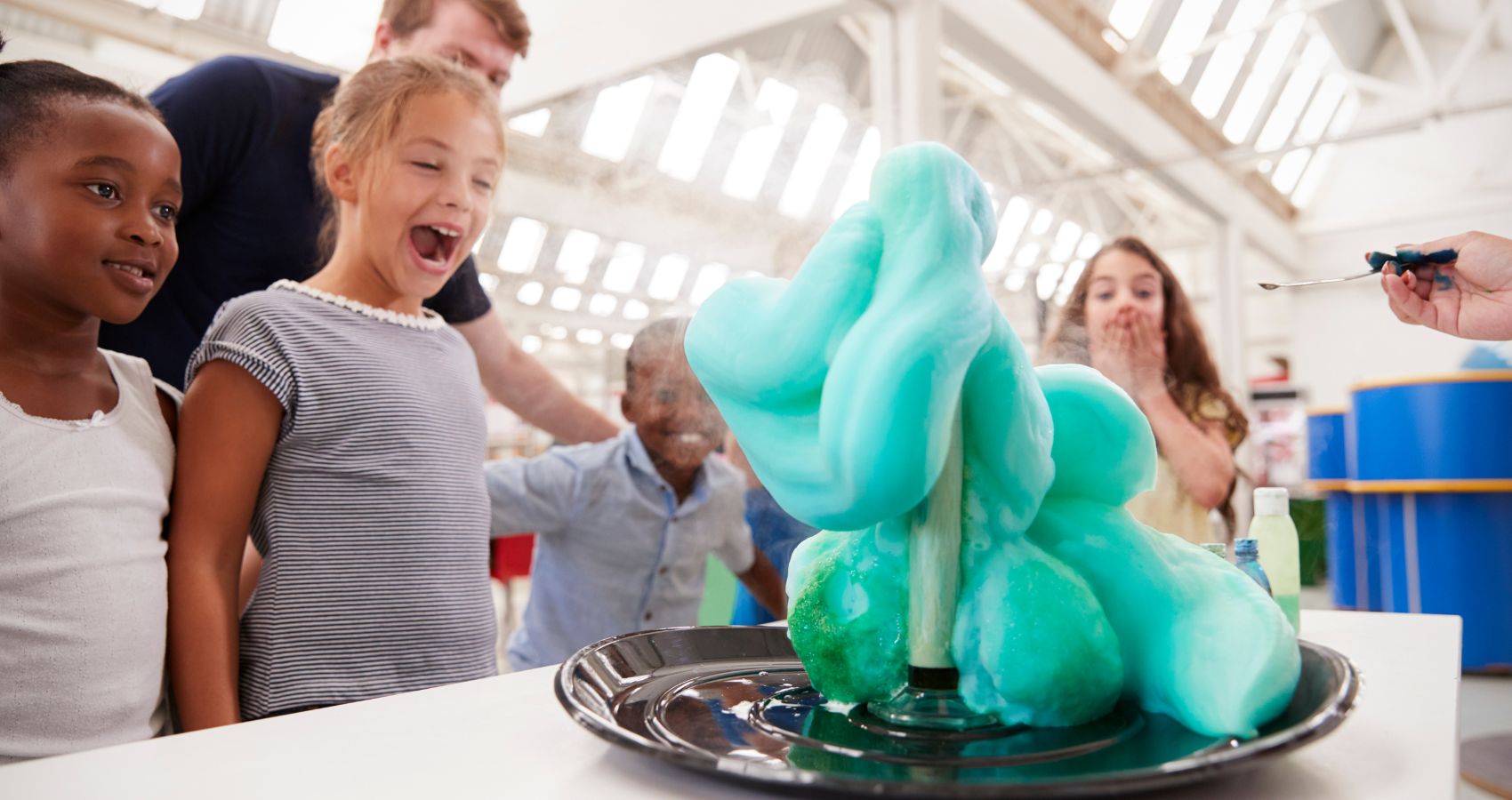3 Fun and Easy Science Experiments for Kids
Welcome to CJ Canterbury’s Science Lab! Today, we’re diving into the fascinating world of science experiments for kids. Science is all around us, and with a dash of curiosity and a sprinkle of creativity, we can unlock its wonders right in the comfort of our own homes. In this blog post, we’ll embark on an exciting journey, exploring topics like color mixing, simple chemical reactions, and basic physics concepts through a series of fun and safe experiments. So, put on your lab coats and get ready for some hands-on learning adventures!
#1 Experiment: Colorful Milk Magic
Step 1: Gather all the materials you’ll need: milk, dish soap, food coloring, and a shallow dish.
Step 2: Pour enough milk to cover the bottom of the dish, making sure it’s a thin layer.
Step 3: Add a few drops of different food coloring to the milk. Use a variety of colors to make it more vibrant and exciting!
Step 4: Take a cotton swab or a clean toothpick and dip it into the dish soap.
Step 5: Touch the soapy cotton swab or toothpick to the milk surface in the center of the dish, and watch in awe as the colors start to dance and swirl!
Explanation: This experiment works due to the science of surface tension and the interaction between the fat molecules in milk and the soap molecules. When the dish soap touches the milk, it disrupts the surface tension and causes the fat molecules to move, creating a beautiful explosion of colors.
#2 Experiment: The Floating Egg
Step 1: Fill a glass with water about halfway.
Step 2: Carefully place an egg into the glass of water. Observe what happens. Does the egg sink or float?
Step 3: Now, add a teaspoon of salt to the glass and stir until it dissolves.
Step 4: Gently place the same egg back into the glass. What do you notice this time? Does the egg behave differently?
Explanation: The floating egg experiment demonstrates the concept of density. Freshwater has a lower density than an egg, causing it to sink. However, when salt is added to the water, it increases the water’s density, making it higher than that of the egg. As a result, the egg floats in the saltwater due to the buoyant force.
#3 Experiment: Dancing Raisins
Step 1: Fill a tall glass with clear soda, making sure it’s about three-quarters full.
Step 2: Drop a few raisins into the glass and watch closely.
Step 3: Observe as the raisins start to dance and move up and down in the soda!
Explanation: This experiment showcases the reaction between the carbon dioxide gas in the soda and the rough surface of the raisins. The gas bubbles attach themselves to the raisins, causing them to float to the surface. When the bubbles reach the top, they pop, releasing the gas and allowing the raisins to sink back down. This continuous cycle creates a fun dancing effect.
Conclusion
And there you have it, young scientists! We’ve embarked on an extraordinary journey through the world of science. Remember, science is all about exploring, questioning, and discovering the world around us. So, keep that curiosity burning and continue to unleash your inner scientist.
Whether you made a colorful milk masterpiece, witnessed dancing raisins, or floated an egg, each experiment taught you something new about the incredible world of science. Take these learnings and let them ignite your passion for exploration.
So, the next time you’re feeling curious, gather your materials, put on your lab coat, and embark on another scientific adventure. Who knows what amazing discoveries await you?



